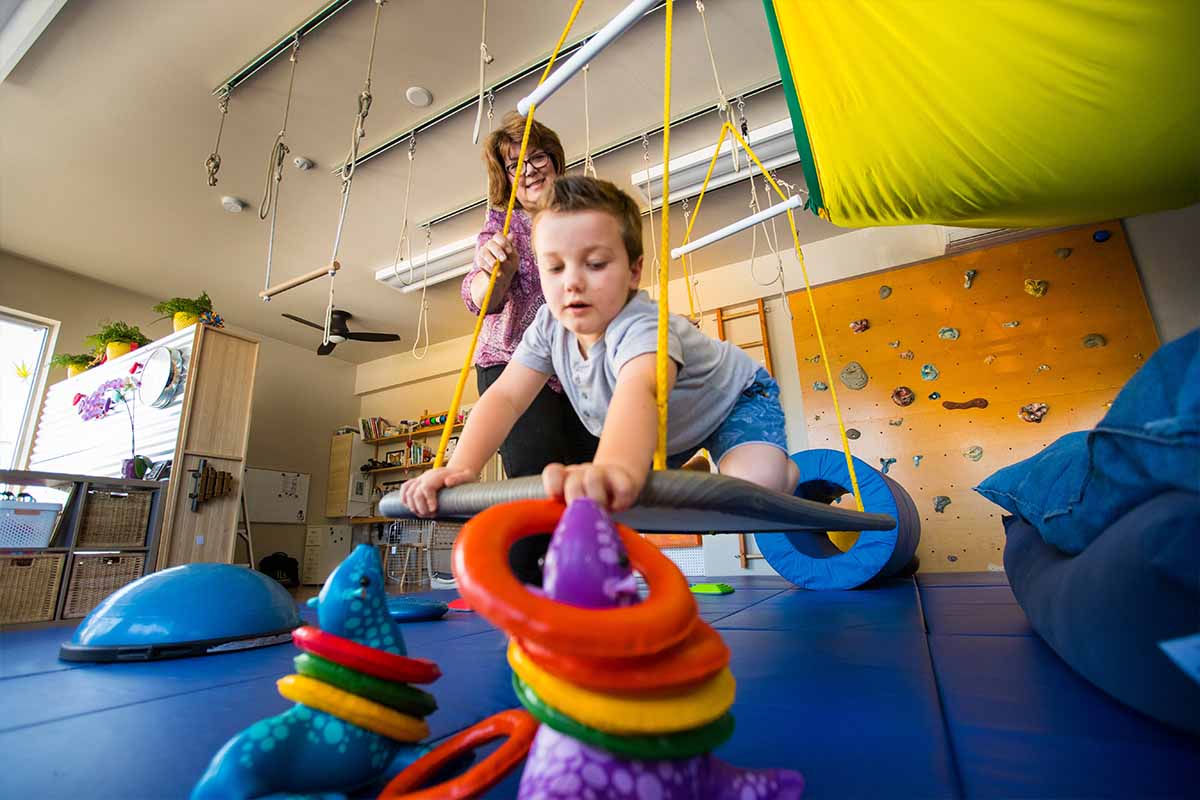
In their work with children who have cognitive and physical differences, occupational therapists (OTs) use fun, hands-on activities to help kids learn to self-regulate emotions, improve their fine motor skills, and reach other developmental milestones.
But it’s not just occupational therapists who can use OT activities to work with kids. Parents can incorporate therapeutic methods into their child’s daily life, using games and crafts in a way that engages the senses.
In this post, we share a variety of occupational therapy activities for children. We also offer printable Valentine’s Day–themed activities that give kids a chance to practice basic cognitive and motor tasks. These exercises not only improve engagement and learning—they can also boost kids’ self-esteem.
Ideas for Occupational Therapy Activities


With the activities below, kids manipulate objects and instruments (such as scissors and crayons) as a way to build the small muscles in the hand, wrist, and fingers. This helps kids improve their dexterity and hand-eye coordination, as well as their ability to manage their emotions.
- Tear paper into strips
- Use tweezers to pick up small objects, such as buttons or beads
- Use a hole punch to create designs in paper
- Put a puzzle together
- Drop coins into a piggy bank
- Use toothpicks to pick up small pieces of food
- Create shapes and objects with Play-Doh
- Put Cheerios™ or Fruit Loops® on a string and create an edible necklace
- Play games that involve rolling dice, such as Yahtzee\
- Place fun stickers on paper
- Draw with chalk on the sidewalk
- Play with Lego® pieces and create buildings, vehicles, animals, or people
- Paint a picture with a paintbrush—or with fingerpaints
- Sort different shapes of pasta
- Play with blocks
- Work on a crossword puzzle, filling in the missing words
- Use a spoon to move dry pasta or beads from one jar into another
- Color a picture with colored pencils or crayons
- Wrap presents and tie a bow for the top
- Cut shapes in paper to make shadow puppets, then project the shapes on the wall using a flashlight in a darkened room
- Write a letter to a parent
- Play a card game, such as Uno
- Bake cookies; either form the dough into balls or roll it out and use cookie cutters to create the shapes
- Cut out pictures from calendars and magazines and glue them onto a blank sheet to make a collage
- Write out a list of favorite movies or animals
- Play catch
- Sort coins into piles
- Cut a piece of paper in half as straight as possible
- Write out a to-do list for the day
- Create a paper airplane
- Draw a picture of family members
- Draw mustaches on photos of people in magazines to make them funny
- Do a garden cleanup and pull out the weeds
- Make confetti by tearing up paper
- Practice tying shoes
- Stack coins as high as possible
- Fold clothes
- Sort shells from the beach or rocks by size
- Use Q-tips® to paint
- Make a paper airplane and try to land it in certain spots
- Shoot basketballs into a hoop
- String paper clips together
- Make water balloons and try to throw them at a particular object
- Build a sandcastle on the beach
- Write or draw pictures on a dry-erase board
- Play dress-up and try on different jackets and coats that have buttons and zippers
Occupational Therapy Activities for Valentine’s Day
In the spirit of Valentine’s Day, we have created four printable occupational therapy activities. Download them all below.
47. Candy Heart Placement Printable


Placement activities can be a valuable precursor to writing. Since the activity requires kids to pick up, grasp, and place small objects, it helps them improve hand-eye coordination and strengthen the small hand muscles they need for writing.
48. Cupid Tracing Printable


Tracing is a great way for kids who are just beginning to print letters to get more comfortable holding writing instruments. This activity also helps with hand-eye coordination and strengthening the small muscles in the hand. Plus, kids can color in the entire printable after they’re done tracing for added fine motor skill practice and fun!
49. Arrow-in-Heart Grid Drawing Printable


Grid drawing aids kids with observational and drawing skills. Breaking the drawing down into smaller sections helps them understand how shapes fit together and how to observe detail. Coloring in the picture will again help strengthen their hand muscles.
50. Valentine’s Day Handwriting Worksheet


Improving handwriting takes practice. It requires hand strength, hand-eye coordination, and the ability to successfully manipulate a writing utensil. Using this fun handwriting worksheet, kids can practice printing their letters and building up the skills they need to write well.
If you’re interested in helping kids achieve their fullest potential, becoming an occupational therapist is a creative, meaningful career path that might be right for you! Be sure to check out the entry-level graduate degree programs in occupational therapy offered by the University of St. Augustine for Health Sciences.
The University of St. Augustine for Health Sciences (USAHS) offers hands-on Master of Occupational Therapy (MOT) and Doctor of Occupational Therapy (OTD) degrees. Join a collaborative cohort of peers who learn under the mentorship of expert faculty-practitioners. Practice with mock patients in our state-of-the-art simulation centers and learn anatomy with our high-tech tools. Prepare for clinical practice with patients across the lifespan, as well as advanced roles in research, practice leadership, and policymaking. Residential (online coursework + in-person labs on weekdays) and Flex (online coursework + in-person labs on weekends) formats are available.










